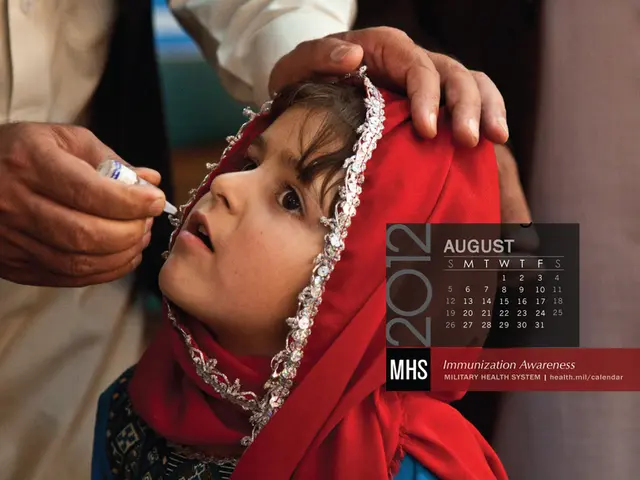Distinguishing Age Spots from Skin Cancer: A Guide to Recognition
Age spots, skin cancer, and actinim keratosis – oh my! Here's the scoop on the differences between these three common skin conditions.
What's the Difference?
At first glance, age spots, skin cancer, and actinic keratosis might look similar. However, there are distinctive differences in their appearance, symptoms, and treatment methods.
Looks
- Age spots appear as flat, smooth, and usually round or oval patches on the skin, often in sun-exposed areas. They're typically brown, tan, or black in color.
- Skin cancer appears as lesions that may be new growths or changes in existing moles. These lesions can be irregular in shape, color, or texture, and may be shiny, translucent, or have multiple colors like brown, black, red, white, blue, or purple. Squamous cell carcinomas and basal cell carcinomas are the most common types of skin cancer.
- Actinic keratosis (AK) appears as small, rough, scaly, or crusty bumps or patches, usually less than an inch in diameter, and can range in color from pink, brown, to red. AK is often found on sun-exposed skin.
Symptoms
- Age spots are generally painless and not itchy, and do not change significantly over time.
- Skin cancer might itch, bleed, or become painful. It can change in size, shape, or color over weeks or months, and is sometimes accompanied by crusting or non-healing sores.
- Actinic keratosis often causes a rough texture or scaling, and may be itchy or tender, leading to discomfort, especially when touched.
Treatment
- Age spots are typically treated for cosmetic reasons and can be reduced using topical creams, chemical peels, laser therapy, or light-based treatments.
- Skin cancer requires prompt medical attention. Treatment options depend on the type, size, and location; surgical removal, Mohs surgery, cryotherapy, topical treatments, and sometimes radiation or chemotherapy may be used.
- Actinic keratosis is often treated to prevent progression to skin cancer. Options include cryotherapy (freezing), topical medications, photodynamic therapy, laser therapy, or surgical removal.
Making the Call
Early detection and professional evaluation are crucial for skin cancer and actinic keratosis, as both can be serious, while age spots are benign and mainly a cosmetic concern. If you notice any unusual changes to your skin, it's best to consult with a healthcare professional. Better safe than sorry!
- Dermatologists often diagnose and treat skin conditions such as age spots, skin cancer, and actinic keratosis to ensure accurate identification and appropriate care.
- In the realm of medical-conditions, age spots, although a cosmetic concern, are generally benign, while skin cancer and actinic keratosis, if left untreated, could pose potential risks to a senior's health-and-wellness.
- Skin-care specialists recommend regular skin examinations as part of a comprehensive skin-care regimen, especially for seniors, to monitor for signs of skin cancer, actinic keratosis, or other skin conditions.
- Science continues to uncover advancements in oncology and dermatology, enhancing our ability to detect and treat melanoma and other skin cancers at their earliest stages.
- With the increasing awareness and understanding of skin-conditions, it's essential to prioritize overall health-and-wellness by scheduling regular check-ups with healthcare professionals and maintaining a diligent skin-care routine.








